Disclosure: This article contains affiliate links. We may earn a commission from purchases at no extra cost to you, which helps our travel content.
Standing at the edge of Lahore's bustling Anarkali Bazaar, I found myself caught in what I can only describe as a choreographed chaos—a theatrical production where every vehicle, from ornately decorated rickshaws to sleek Careem cars, played its designated role in the city's daily commute drama. As an anthropologist who studies cultural performances, I couldn't help but view Lahore's transportation network as its own ritual system, complete with unspoken rules, territorial negotiations, and social hierarchies. Having spent a week traversing this historical Pakistani city on a modest research stipend, I discovered that understanding how to move through Lahore isn't just practical knowledge—it's a form of cultural literacy that transforms you from audience member to participant in the city's ongoing narrative.
The Auto-Rickshaw: Lahore's Iconic Three-Wheeled Protagonist
If Lahore's transportation system were a play, the auto-rickshaw would undoubtedly be the flamboyant character actor stealing every scene. These three-wheeled chariots—locally called tuk-tuks or simply rickshaws—are ubiquitous, affordable, and as integral to the city's identity as its Mughal architecture.
My first rickshaw experience came within hours of arrival when I needed to reach Lahore Fort from my budget accommodation near the railway station. The driver, noticing my hesitation, immediately switched to practiced English: 'Fixed price, madam? No meter.' This, I would learn, was my cue to negotiate.
Rickshaws operate without meters, making haggling not just acceptable but expected. My research on budget travel rituals proved invaluable—I quickly adopted the local practice of offering 60-70% of the initial asking price and settling around 80%. For my fort journey, we agreed on 150 Pakistani rupees (less than $1) for what would have cost ten times that in a Western city.
The ride itself was a sensory overload worthy of a Shakespearean soliloquy—the rickshaw's open sides offering unfiltered access to Lahore's sounds, smells, and spectacular street scenes. We weaved through traffic with what seemed like reckless abandon but was actually a calculated dance, my driver navigating gaps between buses and motorcycles that I wouldn't have believed existed.
For capturing these exhilarating journeys, my action camera proved invaluable. Mounted to the rickshaw's frame (with driver permission and a small tip), it documented my journeys while keeping my hands free to hold on during particularly adventurous turns.

💡 Pro Tips
- Always negotiate rickshaw fares BEFORE getting in, aiming for 60-80% of the initial asking price
- Have small bills ready for exact payment—drivers rarely carry change
- Save your accommodation's location in Google Maps in Urdu script to show drivers
Metrobus: The Modern Ensemble Cast
While rickshaws excel at short-distance travel, Lahore's Metrobus system—a relatively recent addition to the city's transportation repertoire—serves as the efficient backbone for longer journeys. As a budget traveler with an anthropological interest in how modernization integrates with tradition, I found the Metrobus to be a fascinating case study.
The system consists of a 27-kilometer dedicated route running north-south through the city, with elevated stations that bypass Lahore's legendary traffic congestion. At just 20 rupees per journey (approximately $0.10), it represents perhaps the best transportation value in any major Asian city I've visited.
My first Metrobus experience came when visiting the University of Punjab for research. The sleek, air-conditioned vehicles provided welcome respite from Lahore's heat, which even in the milder seasons can be oppressive. What struck me most was the system's egalitarian nature—unlike other forms of transportation that segregate by social class, the Metrobus carries students, professionals, laborers, and the occasional anthropologist side by side.
One crucial observation: the Metrobus features separate sections for women and men. As a female solo traveler, I appreciated this cultural accommodation, which provided both safety and comfort during crowded rush hours. The women's section became an unexpected research site where I observed fascinating social interactions among female commuters—from university students sharing lecture notes to older women exchanging family recipes.
For navigating the system, I relied heavily on my smartphone power bank, which ensured I could use maps and translation apps throughout the day without battery anxiety. When you're constantly documenting observations and capturing photos, power becomes a precious resource.

💡 Pro Tips
- Purchase a Metrobus card if staying more than a few days—it's more convenient than buying single tokens
- Travel outside rush hours (7-9am and 5-7pm) when possible for a more comfortable experience
- Stand near the doors well before your stop—the system moves efficiently with minimal dwell time at stations
The Orange Line Metro: Lahore's Newest Transportation Act
If the Metrobus represents Lahore's transportation present, the Orange Line Metro embodies its future. Inaugurated in late 2020 as Pakistan's first metro rail system, this Chinese-backed infrastructure project has dramatically altered both the city's skyline and its commuting patterns.
As someone who studies how physical spaces shape cultural experiences, I was eager to analyze how this ultra-modern system interacts with a city dating back to the Mughal era. The contrast is striking—sleek trains gliding above streets where horse-drawn tongas still occasionally operate.
The Orange Line connects Ali Town in the west to Dera Gujran in the east, spanning 27.1 kilometers with 26 stations. At 40 rupees per journey (about $0.20), it's slightly more expensive than the Metrobus but still remarkably affordable. The air-conditioned carriages, electronic ticketing, and automated announcements in Urdu and English create an experience that would feel familiar to subway riders in any global metropolis.
I used the Orange Line extensively during my research visits to Lahore's historical sites, particularly appreciating stations near the Shalimar Gardens and the University of Engineering and Technology. The elevated perspective from the train windows offered unique vantages of the city impossible to experience from street level—a theatrical shift in perspective that revealed hidden courtyards, rooftop gardens, and architectural details normally obscured.
What fascinated me most was observing the diverse ridership adapting to this new transportation modality. Elderly passengers who had perhaps never experienced a metro system were being guided by smartphone-wielding teenagers. This intergenerational knowledge exchange represented a perfect microcosm of contemporary Pakistan—a society navigating the threshold between traditional values and rapid modernization.
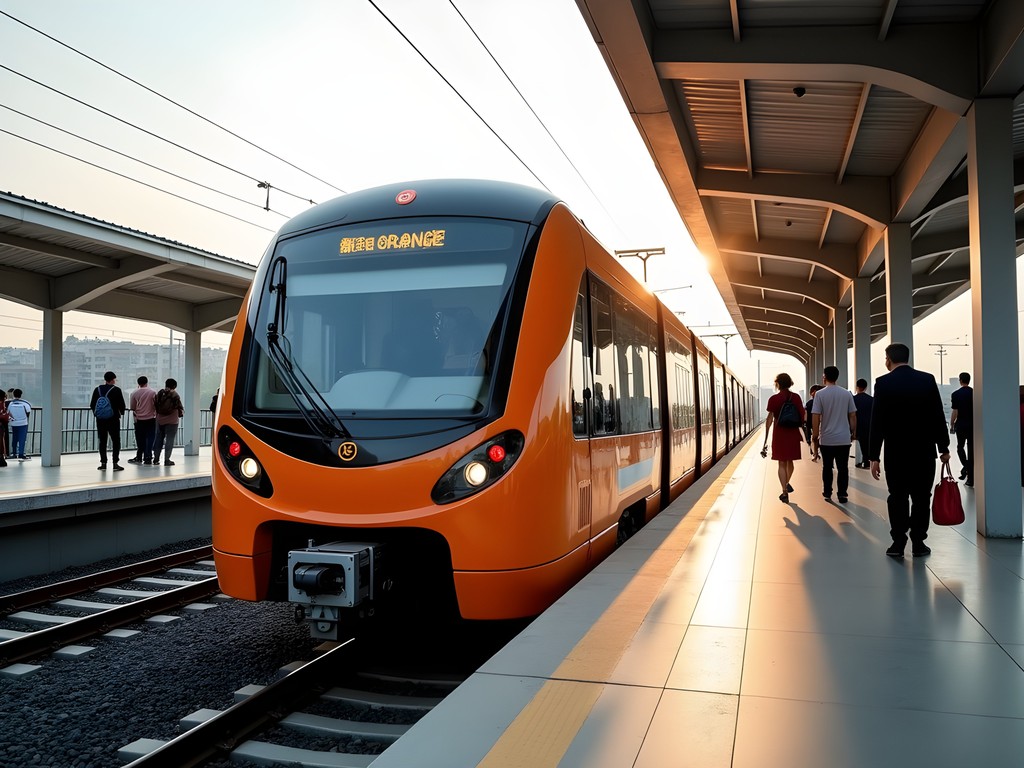
💡 Pro Tips
- Download the Lahore Metro app for real-time schedules and station information
- Consider buying a stored-value card if using the system frequently
- Visit during mid-day for a less crowded experience and better views of the city
Rideshare Apps: Digital Disruption in the Ancient City
For someone who studies how traditional practices evolve in response to technological change, Lahore's embrace of rideshare apps represents a fascinating case study. Uber and its regional competitor Careem have significantly altered the transportation landscape, introducing algorithmic pricing and GPS navigation to a system previously governed by personal relationships and negotiation skills.
During my week in Lahore, I alternated between traditional and app-based transportation methods, comparing their cultural implications and practical benefits. Rideshare services proved particularly valuable for early morning airport transfers and late-night returns from attending experimental theater performances at Alhamra Arts Council.
The pricing was remarkably reasonable—a 30-minute journey across the city typically cost between 300-500 rupees ($1.50-$2.50), depending on time and demand. This predictability eliminated the negotiation ritual required for rickshaws, which some travelers might find liberating but which I sometimes missed as an anthropologist interested in transactional communications.
What I found most intriguing was how drivers navigated the tension between traditional hospitality norms and the efficiency demands of the app economy. Many Careem captains (as they're called) insisted on offering me water or engaging in conversation about my research despite the app's implicit pressure to maximize trips. This synthesis of cultural values with technological innovation exemplifies how Lahori society adapts to change without abandoning core identity markers.
For solo female travelers, rideshare apps offer significant advantages in terms of safety and convenience. The ability to share your route with friends, pay electronically, and have driver details recorded provides peace of mind, particularly for night travel. I relied heavily on my portable wifi device to ensure reliable internet access for booking rides regardless of local SIM card connectivity issues.
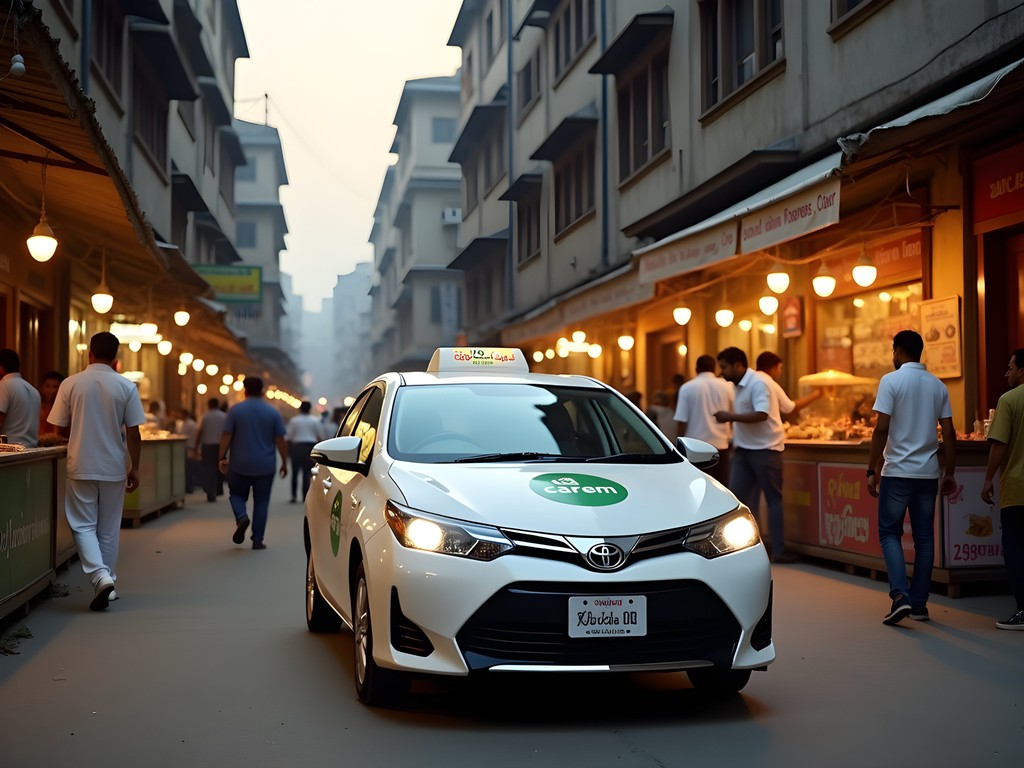
💡 Pro Tips
- Set your pickup location precisely, as Lahore's complex street layouts can confuse GPS
- Consider using Careem over Uber—it often has more drivers available and better local knowledge
- Save frequent destinations (like your hotel) in the app to avoid explaining locations repeatedly
Walking Tours: The Anthropologist's Transportation Method
While mechanical transportation dominates discussions of urban mobility, I would be remiss as an anthropologist not to advocate for what I consider the most rewarding way to experience Lahore—walking. The city's older districts, particularly the Walled City and Anarkali, reveal their secrets only to those willing to explore on foot.
During my research on cultural performances in urban spaces, I joined several walking tours organized by the Walled City of Lahore Authority. These guided experiences (costing 500-1000 rupees depending on duration) provided contextual understanding that transformed ordinary streets into living museums. Our guides—often local university students supplementing their income—shared not just historical facts but personal connections to neighborhoods where their families had lived for generations.
The Delhi Gate area proved particularly rewarding for pedestrian exploration. Wandering through the labyrinthine streets behind the gate, I discovered artisans practicing crafts unchanged for centuries—calligraphers, miniature painters, and metalworkers whose workshops doubled as living archives of cultural knowledge. These encounters would have been impossible from the window of a rickshaw or rideshare.
Walking also revealed Lahore's unexpected green spaces. The canal that bisects the city features walking paths where locals exercise in the early morning and evening, offering a peaceful counterpoint to the urban intensity. Similarly, the Lawrence Gardens (now Bagh-e-Jinnah) provide a verdant retreat where I could process my field notes while observing how different social classes share public space.
For these walking explorations, comfortable footwear is essential. My walking shoes proved their worth on Lahore's uneven surfaces, providing both support and breathability in the warm climate. I'd also recommend carrying a reusable water bottle as Lahore's heat can be deceptive, especially when you're engrossed in documentation and observation.

💡 Pro Tips
- Join organized walking tours for your first exploration of the Walled City—the contextual knowledge is invaluable
- Walk early morning (6-8am) or evening (after 5pm) to avoid both heat and peak traffic pollution
- Dress modestly but for the heat—loose cotton clothing that covers shoulders and knees is ideal
Final Thoughts
Navigating Lahore's transportation system is more than a practical concern—it's an immersive cultural experience that reveals the city's complex identity as a place simultaneously ancient and accelerating toward modernity. Each mode of transport offers a different perspective: rickshaws provide street-level intimacy, the Metrobus and Orange Line offer efficiency and panoramic views, rideshare apps deliver convenience with cultural adaptation, and walking tours unlock hidden narratives impossible to access otherwise. As both an anthropologist and budget traveler, I found that alternating between these options provided the richest understanding of how Lahore's citizens move through their daily lives. Whatever combination you choose, approach Lahore's transportation not merely as a means to reach destinations but as a cultural performance worthy of attention in its own right—one where you're invited to transition from audience to participant in the ongoing story of this magnificent city.
✨ Key Takeaways
- Negotiate confidently but respectfully with rickshaw drivers for best rates
- Use the Metrobus and Orange Line for efficient, affordable long-distance travel within the city
- Rideshare apps provide safety and convenience for night travel and airport transfers
- Walking tours offer the deepest cultural immersion, especially in the Walled City
📋 Practical Information
Best Time to Visit
October-March (avoiding summer heat)
Budget Estimate
$30-50/day for budget travelers
Recommended Duration
5-7 days
Difficulty Level
Moderate (Language Barrier And Navigation Challenges)
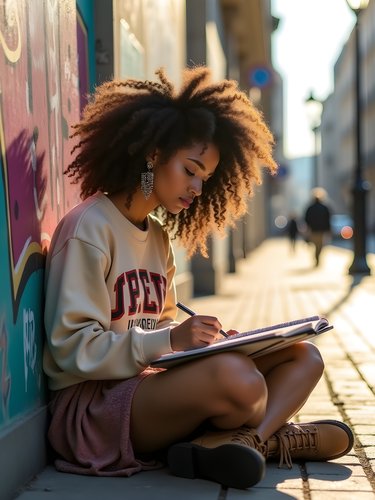


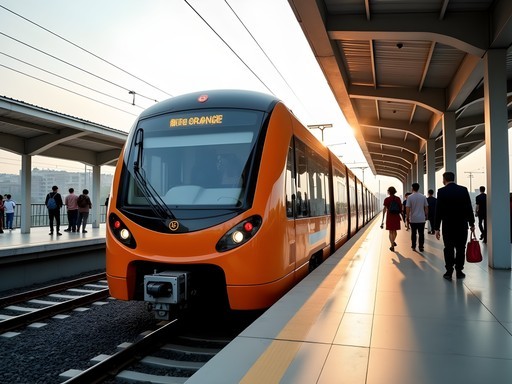









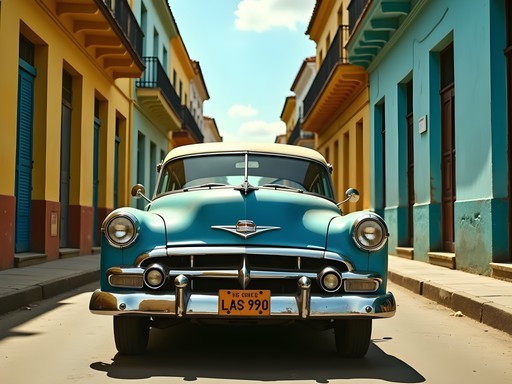

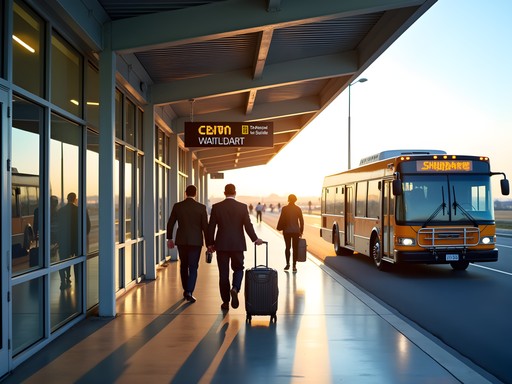
Comments
Bryce Diaz
Sofia, your post brought back so many memories! I was in Lahore last year and became somewhat of an Orange Line Metro expert by the end of my trip. What a game-changer for getting across the city quickly! One tip for readers: buy the stored value card instead of single tokens if staying more than a few days. The card lets you bypass the sometimes lengthy token lines, and you can reload it at any station. My most memorable ride was actually on a bicycle rickshaw through the old city - slower than the auto version but perfect for those narrow alleys where motorized vehicles can't go. The elderly gentleman pedaling me around knew every hidden corner and shared stories about buildings that weren't in any guidebook. Sometimes the slowest transportation offers the richest experience!
Sofia Franklin
Thanks for the awesome tip about the stored value card, Bryce! And you're absolutely right about the bicycle rickshaws - they're perfect for the old city's narrow lanes. I should have mentioned them in the post!
backpackexplorer
Those rickshaws look terrifying but I can't wait to try one! Great post!
blueone916
How reliable are the rideshare apps there? Is Uber the best option or are there local alternatives?
Sofia Franklin
Both Uber and Careem work well in Lahore! I found Careem to be slightly more reliable and often cheaper. Their customer service was also excellent when I accidentally left my travel wallet in one of the cars.
happymood
OMG I LOVED the rickshaws in Lahore! They're so colorful and the drivers are characters! We took one from Badshahi Mosque to Food Street and it was the highlight of our day. The way they weave through traffic is both terrifying and exhilarating! 😂
oceanmate
Did you haggle for the fare? I heard you're supposed to negotiate.
happymood
Yes! Always negotiate before getting in. We usually paid around 150-200 rupees for short trips. The first price they give is usually 2-3x higher!
oceanmate
Those auto-rickshaws look wild! Can't wait to try one someday.
dreammaster
Great guide! How safe would you say the Metrobus is for solo female travelers? Planning a trip in January.
Sofia Franklin
Thanks for asking! The Metrobus is actually quite safe for solo female travelers. They have women-only sections in each bus that I found really comfortable. Just be mindful during rush hours when it gets crowded!
dreammaster
That's super helpful, thanks Sofia! Definitely going to try the Metrobus then.
Jean Wells
Having visited Lahore multiple times over the past decade, I've witnessed the transportation evolution firsthand. The Orange Line Metro represents a significant shift in how locals navigate the city. What's fascinating is how traditional and modern systems coexist - you'll see businesspeople in suits exiting the metro and immediately hopping into rickshaws for the last mile. One observation: the pricing dynamics between transportation modes reflect Pakistan's economic stratification. For visitors, I recommend experiencing all forms of transport to understand the city's social fabric. The Metrobus offers an excellent cost-benefit ratio for longer journeys across the city.
travelguide
Going to Lahore next month for the first time! Are rickshaws good for getting from the airport to the city center or should I arrange something else?
exploremood
Definitely use a rideshare app or pre-arrange transport for the airport trip. Rickshaws are fun for short city trips but not ideal with luggage or for longer distances.
wanderlustlegend
Just got back from Lahore and your guide was spot on! Those rickshaw rides were the highlight of my trip!
wanderdiver4231
Did you try the Orange Line? Worth it?
wanderlustlegend
Definitely! Super clean and fast. Great way to avoid traffic jams. Just avoid rush hour if possible.
Lillian Diaz
Sofia, you captured the essence of Lahore's transportation perfectly! I was there three months ago and the 'choreographed chaos' is exactly how I'd describe it too. For anyone heading there, I'd add that the Orange Line Metro is a godsend if you're staying near any of its stations. Super clean, affordable, and it helped me avoid traffic jams. One tip: I found having a local SIM card essential for using rideshare apps - the free WiFi spots are pretty unreliable. I used my pocket translator to negotiate with rickshaw drivers when the apps weren't working, and it saved me from overpaying several times!
backpackexplorer
Did you feel safe using the metro as a solo traveler? Planning my trip for next spring!
Lillian Diaz
Absolutely! The Orange Line has women-only sections if you prefer that option. I used it at various times and never felt unsafe. Just keep your belongings close like in any big city.
Venture X
Premium card with 2X miles, $300 travel credit, Priority Pass